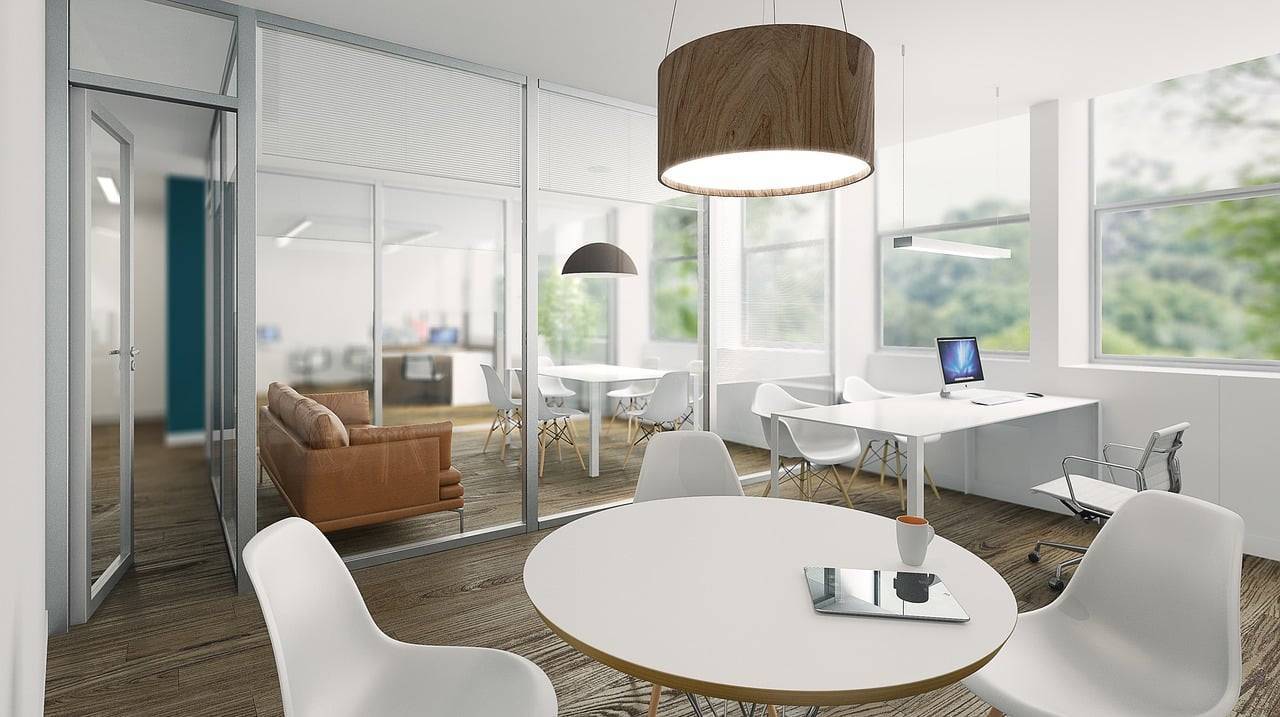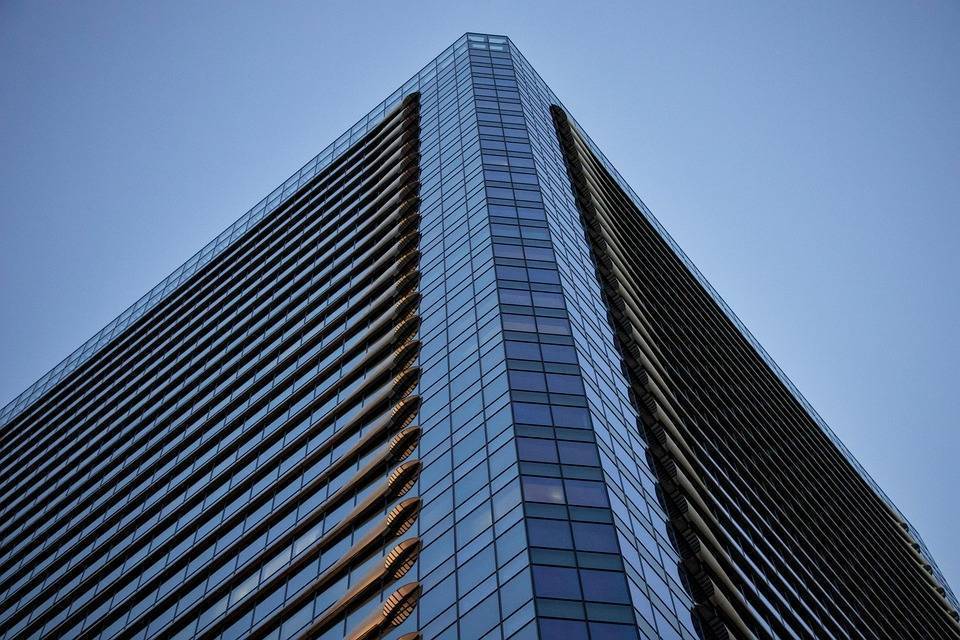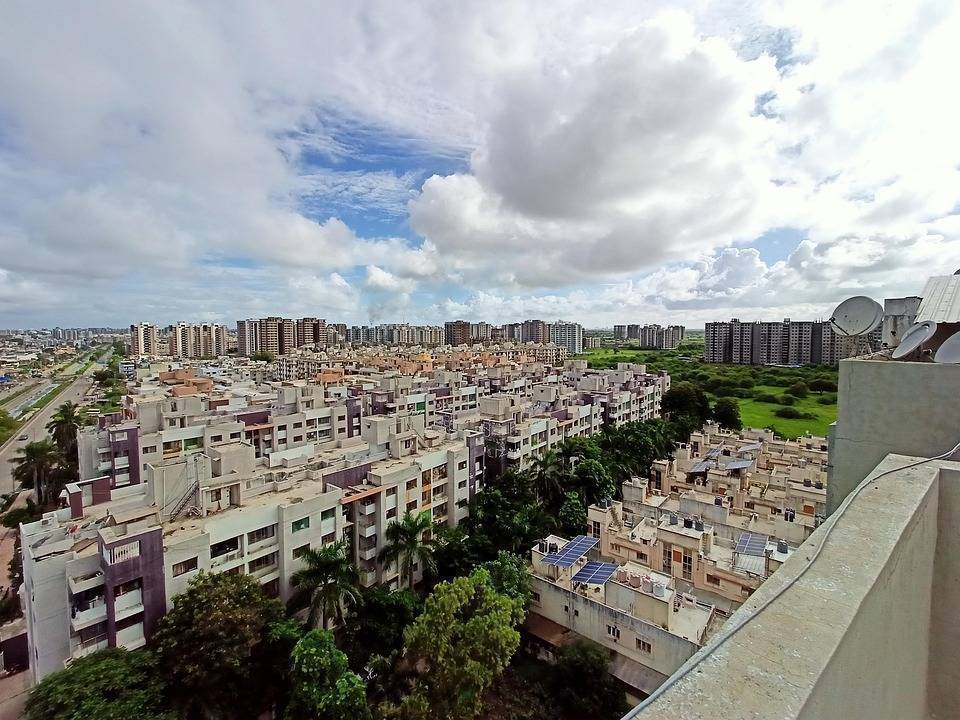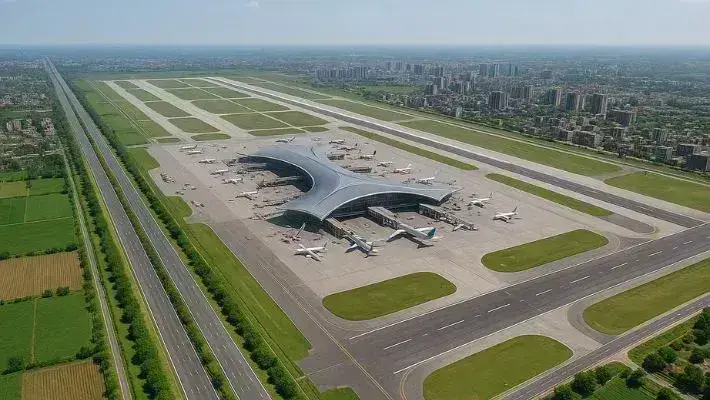In recent years, the Indian office leasing market has witnessed a significant transformation, with flexible office spaces, or flex spaces, achieving unprecedented levels of adoption. This shift reflects broader trends towards more adaptable and versatile work environments driven by evolving business needs and preferences.
Surge in Flex Space Adoption
Recent data from Cushman & Wakefield, in collaboration with managed workspace operator Table Space, reveals that flex spaces have reached their highest-ever contribution to overall office leasing. In the first half of 2024, these spaces accounted for 12.7% of the total office leasing market, up from 10.2% in 2019. This notable increase underscores the growing preference for flexible work arrangements among businesses, both domestic and international.
The demand for flex spaces has seen substantial growth over the past few years. In 2021, the top eight Indian cities saw a total absorption of 85,234 flex space seats. By 2023, this number had more than doubled to 155,000 seats. The first six months of 2024 alone recorded the absorption of 106,554 seats, highlighting a strong and sustained demand for these versatile workspaces.
Key Drivers of Growth
Several factors have driven the rise in flex space adoption:
Post-Pandemic Shifts
The COVID-19 pandemic significantly impacted office space requirements. Many companies reassessed their needs and reduced their conventional office spaces as remote and hybrid work models gained traction. Flex spaces emerged as a practical solution, allowing companies to adjust their office space requirements in response to changing needs. This flexibility proved particularly valuable in an environment marked by economic uncertainty and fluctuating workforce demands.
Cost Efficiency
Traditional office leases often involve long-term commitments and substantial upfront costs, which can be a financial burden for many businesses. In contrast, flex spaces offer more flexible lease terms and customizable options, making them a more cost-effective choice, especially for startups and small businesses. This shift towards flexible leasing arrangements reflects a broader trend towards cost optimization and operational efficiency.
Work-from-Home Trends
The pandemic accelerated the adoption of remote work practices, leading many companies to reevaluate their physical office needs. Flex spaces provided an ideal solution for businesses looking to offer employees a blend of remote and in-office work options. This hybrid approach allows companies to maintain a professional workspace without the overhead costs associated with traditional office setups.
Diverse Occupants
Flex spaces cater to a wide range of users, including large corporations, freelancers, startups, and small businesses. These spaces offer a professional environment that meets various business needs, providing flexibility and resources for efficient operation. The rise of the gig economy and the increasing number of small businesses seeking professional office environments have further fueled the demand for flex spaces.
Sector-Specific Trends
Different sectors have shown varying levels of engagement with flex spaces. According to the Cushman & Wakefield report, the Information Technology (IT) and Business Process Management (BPM) sectors are the largest consumers of flex spaces, accounting for 50% of the total absorption in 2024. This is followed by the engineering and manufacturing sectors, which make up 18%, and the banking, financial services, and insurance (BFSI) sector, representing 12%. This sector-specific breakdown highlights the diverse range of industries relying on flexible workspaces to meet their operational needs.
Supply and Expansion
The supply of flex spaces in India has also experienced significant growth. Over the past five years, the total footprint of flex space operators in the country has doubled. This expansion has been marked by impressive annual growth rates, with 23% growth in 2022 and 18% growth in 2023. Key players in the flex space market have announced ambitious expansion plans to meet the increasing demand. For example, IndiQube and WeWork India are set to add 1.5 million square feet of flex space each in 2024-25. Another major operator, 315Work Avenue, plans to double its portfolio to 4 million square feet within the next 18 months. These expansion efforts underscore the growing confidence in the flex space sector.
Future Outlook
The future of flex spaces looks promising. The first half of 2024 has already accounted for 70% of the total flex-space demand seen in 2023. If this trend continues, 2024 could potentially set a record for flex seat leasing. Industry experts, including Ramita Arora, Managing Director at Cushman & Wakefield, anticipate that the flexibility and scalability of flex spaces will continue to drive their popularity. As businesses increasingly embrace hybrid work models and seek more adaptable office solutions, flex spaces are likely to play an even larger role in the future of work.
Conclusion
The rise of flex spaces in India reflects a broader shift towards more flexible and adaptable work environments. Driven by factors such as the impact of the COVID-19 pandemic, cost efficiency, and the prevalence of remote work, flex spaces have become an attractive option for a wide range of businesses. With continued growth and expansion in the sector, flex spaces offer a compelling alternative to traditional office environments, catering to the diverse needs of modern businesses. As the market evolves, businesses and real estate professionals will need to stay attuned to these trends to navigate the changing landscape of office leasing effectively.









.png)